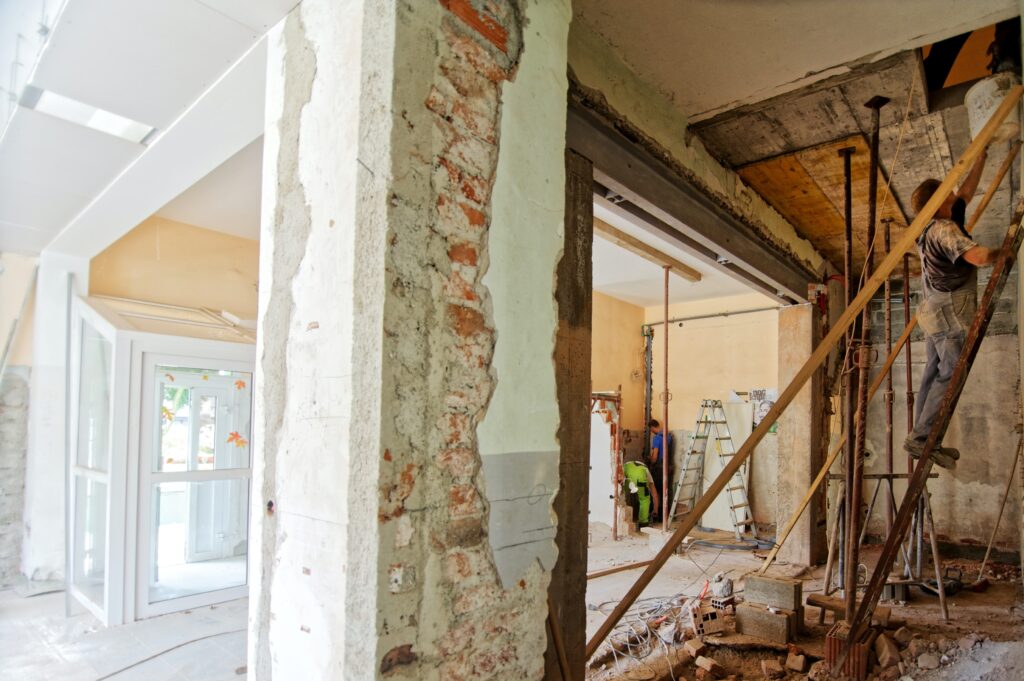
Not a political blog, thank God. Different kind of capital.
Let me ask you a question. What first interested you in real estate investing? Most likely, it was the potential to put your hard-earned money to work for you to create a good return and in turn grow your wealth over time. Right?
In fact, that’s the #1 question that most of our investors ask us when they first consider investing in a real estate syndication with us. They want to know if they were to invest $100,000, how much money they could make. What is the return?
And trust me, we love good returns. Those returns are a big part of why we do what we do. However, while returns are certainly important, there’s an even more important aspect that we focus on when we evaluate potential deals.
Can you guess what it is? I’ll give you a hint… It’s not as sexy as passive income and double-digit returns. In fact, it’s even more boring than taxes and K-1’s.
The most important thing we focus on in a True Freedom Capital real estate syndication is capital preservation. In other words, we focus on how NOT TO LOSE money. That’s our #1 priority, as boring as it might sound.
Why It’s Important to Talk About Capital Preservation
Sure, capital preservation isn’t the most exciting part of investing in real estate syndications, but it is one of the most critical pieces.
It’s easy to just focus on cash flow returns, potential earnings, and brightly colored marketing packages, but when an unexpected situation arises, you’ll be thankful (for this article and) for a sponsor team that gives capital preservation the attention it deserves.
Capital preservation is all about mitigating risk, and as Warren Buffett says,
“There are two rules to investing:
Rule #1: Never lose money
Rule #2: Never forget Rule #1”
No matter what you invest in or who you invest with, you should know what to ask and what to look for so you can invest confidently with a team that holds your best interest.
5 Capital Preservation Pillars
At the core of every investment in which we participate, capital preservation is our number one priority. There are 5 building blocks that make up our capital preservation strategy.
#1 – Raise money to cover capital expenditures upfront
Imagine the avalanche of problems that can accumulate when capital expenditures (like renovations) must be funded purely by cash flow. In this case, cash-on-cash returns, which vary based on occupancy and maintenance costs, would have to fund sudden HVAC repairs instead of unit renovations according to the business plan. In this case, the business plan falls behind schedule, units aren’t ready as planned, and vacancy persists.
Instead, we ensure the funds for capital expenditures are set aside upfront. As an example, if we need $2 million for the down payment and $1 million for renovations, we will raise $3 million upfront. This means we have $1 million cash for renovations and won’t have to rely on monthly cash-on-cash returns.
#2 – Purchase cash-flowing properties
This is a novel one… purchase properties that produce cash flow immediately! If units don’t fill as planned, the business plan isn’t going smoothly, or the renovations can’t be completed; just holding the property would still allow positive cash flow.
#3 – Stress test every investment
Performing a sensitivity analysis on the business plan prior to investing allows us to see if the investment can weather the worst conditions. What if vacancy rises to 15% and what if the exit cap rate is higher than expected?
In a True Freedom Capital investment summary, you will see sensitivity analyses that test the projected numbers helps us take a look at how the performance of the investment may adjust based on potentially unpredictable variables.
#4 – Have multiple exit strategies in place
In any disaster or emergency, you want to have several ways out. The same goes for real estate syndications.
Even if the plan is to hold the property for 5 years, no one really knows what the market conditions will be once you hit that 5-year mark. So, it’s important to account for contingency plans, in case you need to hold the property longer, and the possibility of preparing the property for different types of end buyers (private investors, institutional buyers, etc.).
#5 – An experienced team that values capital preservation
Possibly the most critical pillar of all is to have a team that values capital preservation. This includes both the sponsor and operator team(s) and the property management team. All these people should be passionate about their role and have shown successful in the past.
The more experience they have in successfully navigating tough situations, the better and more likely they will be able to protect investor capital.
Conclusion
While capital preservation may not be very exciting, it certainly is one of the most critical building blocks of a solid deal. Every decision and initiative by True Freedom Capital is rooted in preserving investor capital.
The five capital preservation pillars used in real estate syndication deals we will do include:
- Raise money to cover capital expenditures upfront
- Purchase cash-flowing properties
- Stress test every investment
- Have multiple exit strategies in place
- An experienced team that values capital preservation
When looking at the next opportunity, read between the lines, and look back through the investment summary with an investigative eye. Look for hints that capital preservation is as important to the sponsor team as it is to you.
If you’re interested in learning more about investing in value-add investments and becoming a passive real estate investor in real estate syndications, consider joining the Freedom Network. It’s absolutely free to join with no commitment necessary, seriously. If you don’t join, we won’t be able to send you opportunities (sorry, SEC rules). So join today!
